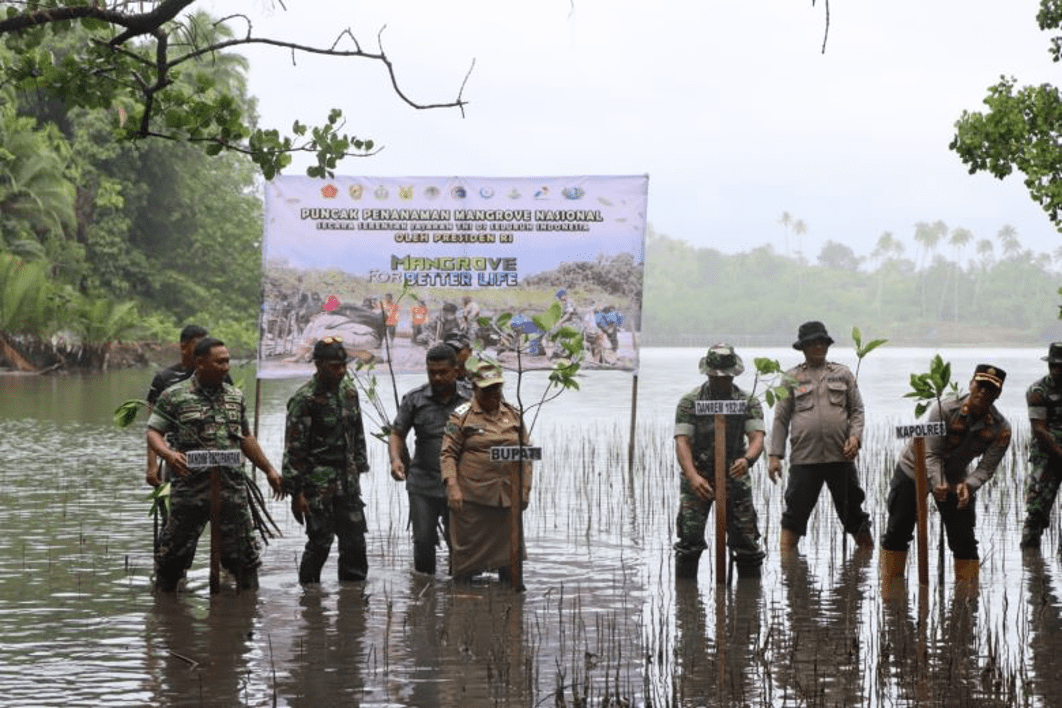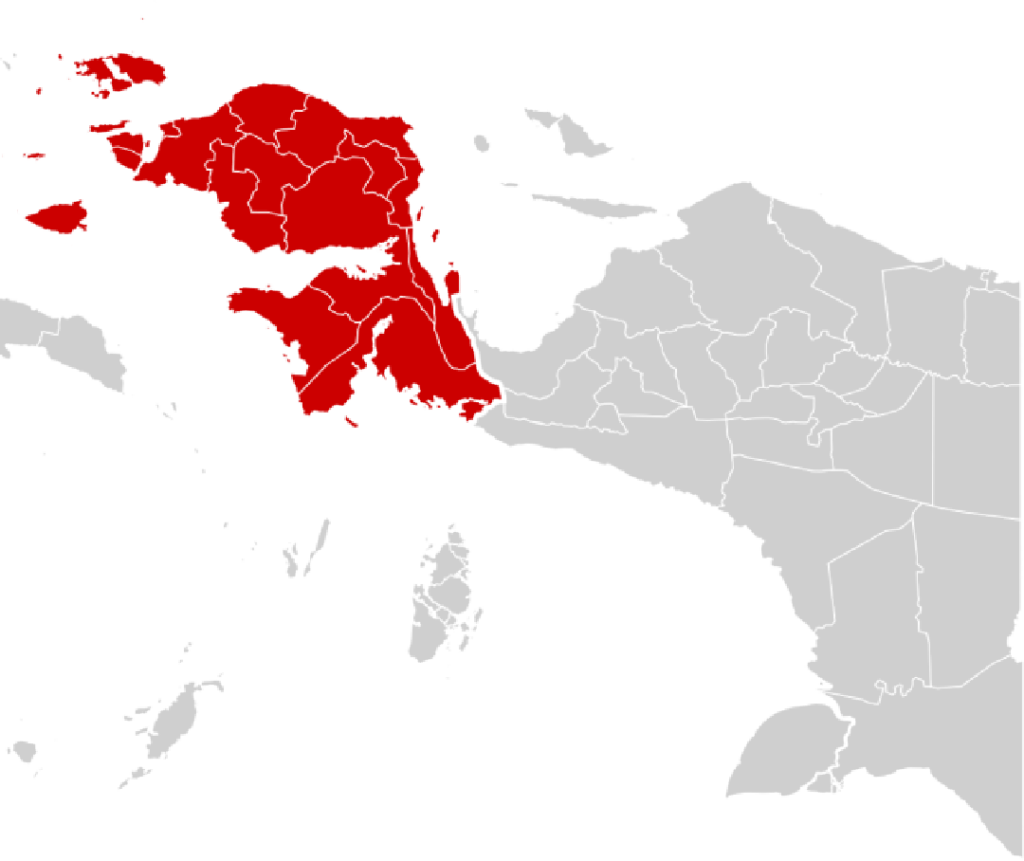As a region with a long coastline, Papua undoubtedly has positive values that support various types of development, especially related to natural resources. The survival of fishermen and communities arounds depends on the surrounding environment. However, natural conditions like this also pose a threat to the people of Papua. Being near big Pacific waves can actually cause friction. Beach abrasion continues year after year. Floods cannot be avoided. People living near there are the most affected groups and must be prepared to face floods at some point. The local government is aware of the community’s concerns and has established a partnership with the Papua Regional Disaster Management Agency to encourage the community to have adequate mitigation capacity.
Mitigation as disaster reduction is a form of empowerment and a process of building communities so that they know what is around them. Choosing to live in beach areas is certainly a choice with all the consequences that the people of Papua accept. In addition, people are not protected from natural conditions. Also, their livelihood depends on the sea, so living on the beach is not a problem. But there were always dangers. For this reason, it is necessary to develop disaster response for previously powerless communities so that they gain the knowledge and practice to cope with future natural disasters.
Some local and community efforts include planting large trees, such as mangroves, that can break waves and prevent beach abrasion. The government will not hesitate to punish anyone who destroys mangrove forests. In addition to destroying mangrove forests, the government also imposes sanctions on people who engage in illegal sand mining along the beach. The public is also taught not to be afraid to report violations to the authorities.
Warning systems have been installed by local authorities in cooperation with the Disaster Management Agency. This provides the public with information on how the system works, how to maintain it so that it remains as useful as it should be, and ensures that the public understands exactly what to do when an alarm goes on. At the same time, people are expected to plant with care and think about the environment around them.
Adaptation to a disaster will certainly not proceed smoothly without the participation of all parties. From government to communities at risk of natural disasters, they must communicate with each other to minimize the negative impact of disasters that can strike at any time. However, natural conditions are not something that cannot be overcome, but there are many ways to reduce their impact, such as through natural disaster mitigation programs.
Pacific waves will definitely pose a threat if people do not understand the warning system, destroy mangrove forests and continue illegal sand mining. Beach abrasion will continue if the government asks municipalities to cooperate, but it will be ignored. Papuans are willing to work together and can be empowered to reduce the impact of natural disasters. After all, Papuans living on the beach, especially fishermen, cannot avoid the risk of natural disasters, but they can still live alongside and reduce existing risks.


